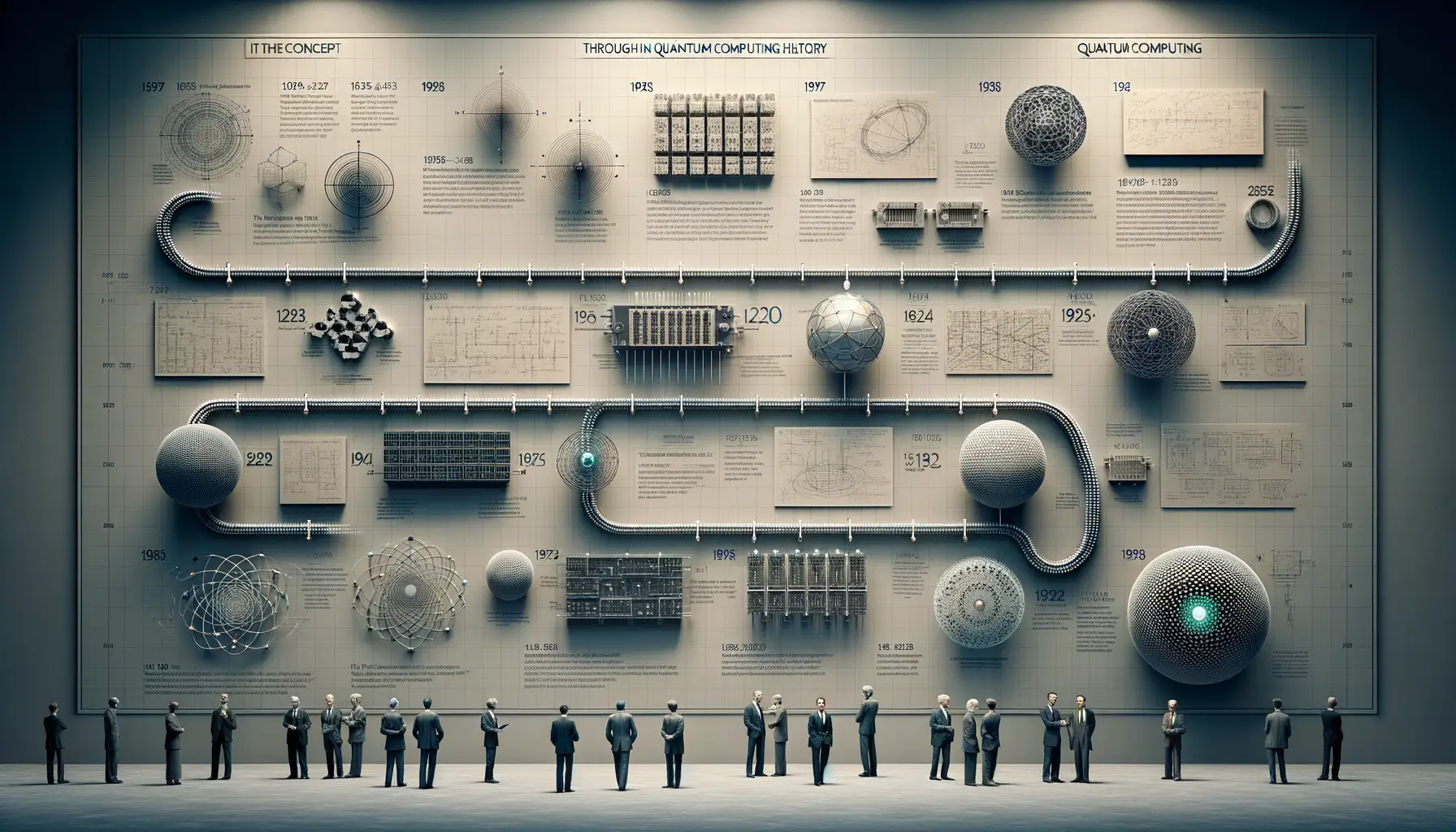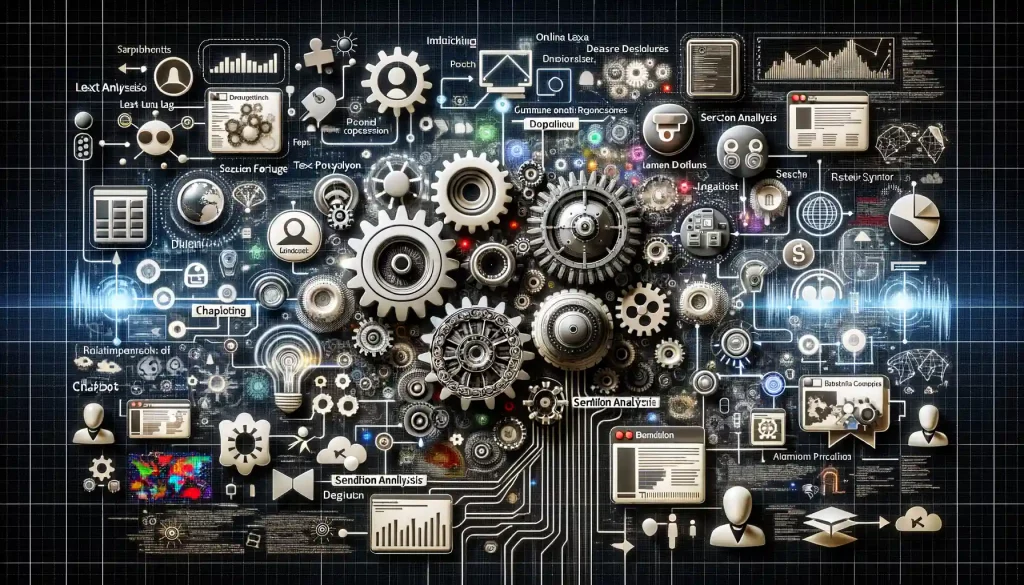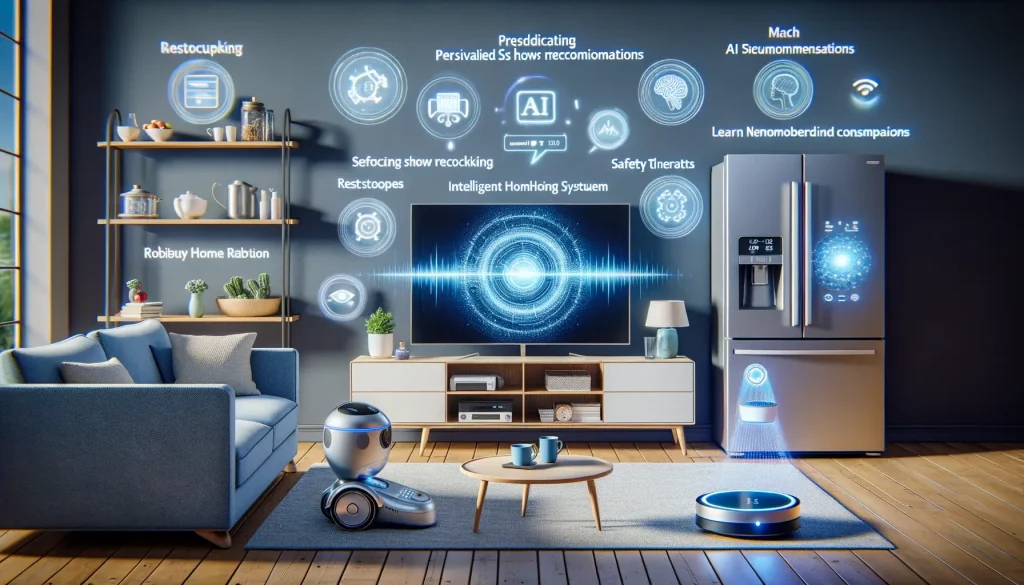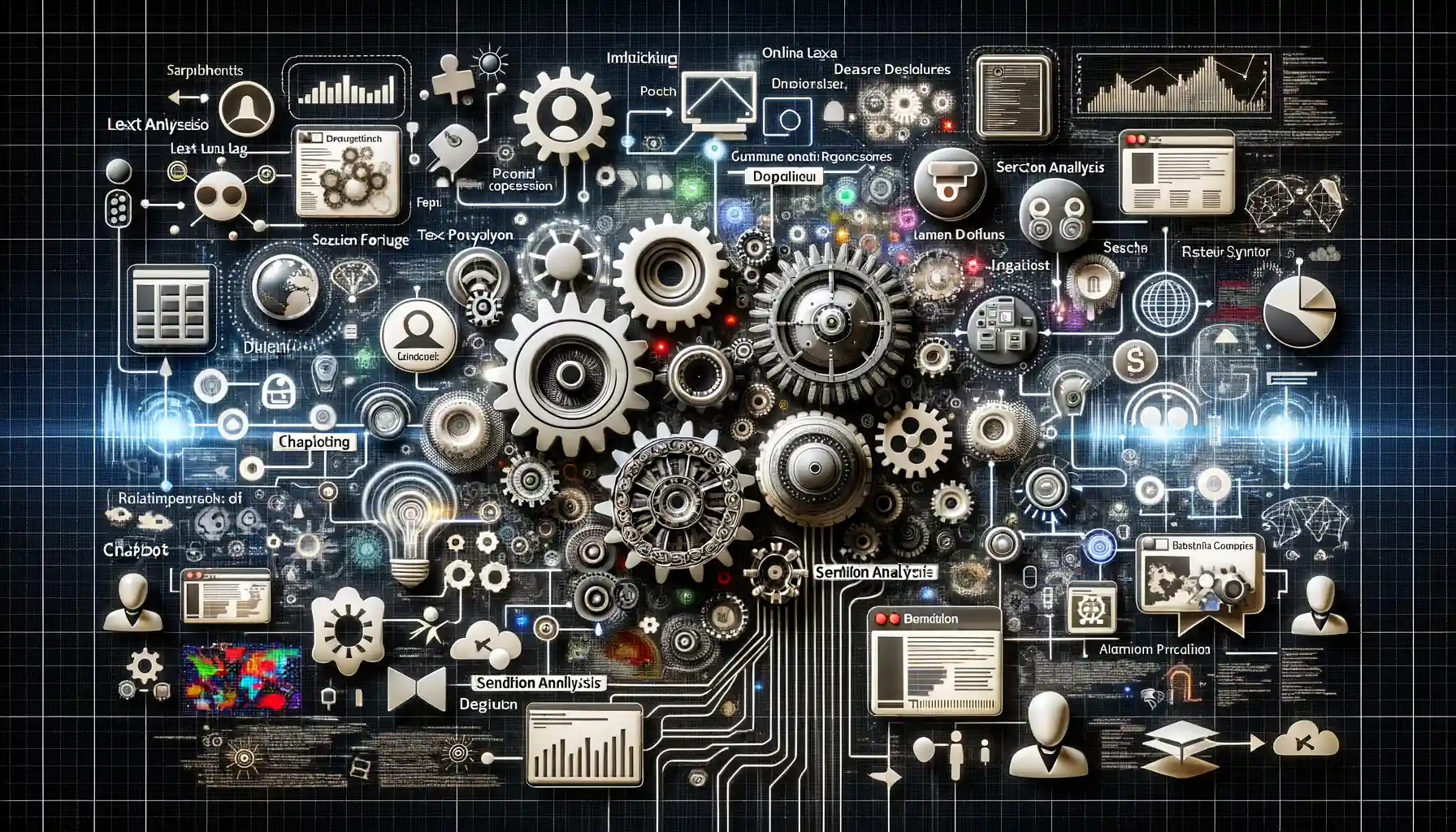The Origins of Quantum Computing
Where It All Began: A Peek Into Early Quantum Ideas
Quantum computing didn’t just appear out of thin air—it’s the bright child of curiosity and a little bit of chaos. Back in the 20th century, when scientists were wrestling with the *weirdness* of quantum physics, they had no idea they were laying the groundwork for one of humanity’s most revolutionary technologies. Richard Feynman, the charismatic physicist with a knack for bongo drums, was one of the first to point out that classical computers simply couldn’t model quantum systems. A bold claim, right? But it sparked a wildfire.
What made these early thinkers dare to dream so big? Because particles like electrons don’t follow rules—they’re mavericks. They exist in superposition, spinning in multiple states at once, and are entangled in ways that defy both logic and distance. This behavior was not just bizarre; it was an opportunity.
- 1970s: Stephen Wiesner stunned the world with his concept of quantum money—cryptography like never before.
- 1981: Feynman and others brought the idea of simulating quantum mechanics using quantum systems to center stage.
These were the whispers of a revolution yet to roar. Coincidence or destiny? Maybe both.
Key Milestones in Quantum Computing History

The Spark That Started It All
Quantum computing’s journey isn’t just a tale of science—it’s a story of sheer audacity and human curiosity. The spark? That dates back to the 1980s when physicist Richard Feynman dared to dream big. He famously posed the question: Why not build a computer that works at the quantum level? It wasn’t just an idea; it was a challenge to rethink how we process information entirely.
Fast forward to 1994, and enter Peter Shor. This genius mathematician devised an algorithm capable of breaking widely-used cryptographic codes. The kicker? It could only work on a quantum computer. For many, that wasn’t just a breakthrough—it was a wake-up call. Suddenly, the impossible didn’t feel so distant anymore.
When Dreams Translated into Reality
By the 2000s, those dreams were beginning to take shape:
- In 2001, IBM tested the first-ever quantum computer, successfully demonstrating Shor’s algorithm in action, though only for factoring 15 (hey, every marathon starts with a small step).
- 2019 saw the dramatic announcement of Google’s quantum supremacy, where their Sycamore processor completed a complex calculation in 200 seconds—something a classical supercomputer would need 10,000 years to achieve.
From abstract theory to tangible breakthroughs, each milestone feels like turning the page of a riveting novel. Where will this story go next?
Breakthrough Technologies and Innovations

Game-Changing Quantum Hardware
Quantum computing’s true magic lies in its revolutionary hardware. Imagine swapping your traditional computer’s trusty bits—your 0s and 1s—for the dynamic, mind-bending world of quantum bits (qubits). Unlike classical bits, qubits can exist in a magical state called superposition, holding 0 and 1 simultaneously. It’s like your computer deciding to juggle instead of flipping a coin.
And we can’t forget the rise of superconducting circuits, one of the most promising architectures. Companies like IBM have leaned hard into this, perfecting systems that keep their qubits cool—literally—by chilling them down to near absolute zero. These frigid conditions ensure unparalleled precision. But that’s not all. From ion traps to photonic quantum computers, the diversity of approaches is jaw-dropping.
- Superconducting chips: The heart of IBM’s and Google’s quantum systems.
- Topological qubits: Cutting-edge experiments to unlock error-free quantum computing.
- Photonic solutions: Harnessing light particles for more scalable quantum systems.
Quantum Algorithms That Rewrote the Rulebook
If the hardware sets the stage, quantum algorithms are the genius performers. Enter Shor’s Algorithm, the code-breaker extraordinaire—it made cryptographers sweat by proving quantum computers could crack encrypted data exponentially faster than classical machines. Then there’s Grover’s Algorithm, which turbocharges search functions like no classical solution ever could.
Even more thrilling? The rise of hybrid methods blending classical and quantum techniques. Think of it like a symphony where violins (classical computers) harmonize with electric guitars (quantum). These groundbreaking innovations promise to revolutionize fields like finance, chemistry, and logistics at scales we’ve barely begun to imagine.
Current Applications and Use Cases of Quantum Computing

Revolutionizing Industries with Quantum Power
Imagine a supercharged brain working at speeds you can barely fathom—that’s what quantum computing is to modern industries. Its applications are no longer confined to sci-fi movies or secretive labs. Today, it’s hitting real-world problems head-on. For instance, in the world of **logistics and transportation**, companies like UPS and DHL are utilizing quantum algorithms to optimize delivery routes. Picture this: one small shift in route planning could save millions in fuel costs annually—and it’s all thanks to quantum’s mind-boggling ability to process endless variations in seconds.
Pharmaceutical breakthroughs? Just as exciting. Companies are using quantum computers to simulate molecular interactions, revolutionizing how new drugs are discovered. It’s like having a microscope that peers into the complex dance of atoms, leading us faster to life-saving cures for diseases like Alzheimer’s.
- Financial modeling: From predicting stock market fluctuations to enhancing risk management, banks are diving deep into quantum simulations.
- Cybersecurity: Say goodbye to old encryption methods! Quantum solves puzzles faster than any hacker ever could.
The amazing part? This is just the beginning of its seismic impact. Fascinating, right?
Future Potential and Challenges in Quantum Computing

The Boundless Horizons of Quantum Computing
Imagine a world where your computer processes data faster than the human brain solves a simple math problem. That’s the promise quantum computing holds for us. The future potential is nothing short of breathtaking. We’re talking about breakthroughs like revolutionizing drug discovery, where every molecule can be simulated and tested in ways that are impossible today. Financial markets may transform too, with algorithms crunching mind-bending calculations to predict outcomes with striking precision.
Yet, this dazzling dream isn’t without its storm clouds. Quantum computing isn’t like plugging in a new appliance—it’s a paradigm shift. For one, creating stable qubits (the building blocks of quantum computers) is a Herculean task. They’re fragile little beasts and highly susceptible to errors. And then there’s the cybersecurity conundrum. In a quantum future, today’s encryption methods could be cracked open like candy wrappers, prompting an urgent race toward quantum-safe cryptography.
- High energy costs: Quantum computers require incredibly low temperatures to function, demanding immense resources to cool and stabilize.
- The expertise gap: The world lacks enough trained researchers and engineers fluent in the quantum “language.”
But don’t worry—just as pioneers tamed electricity, humanity has a knack for making the impossible… possible. The quantum era is coming. Are you ready?









